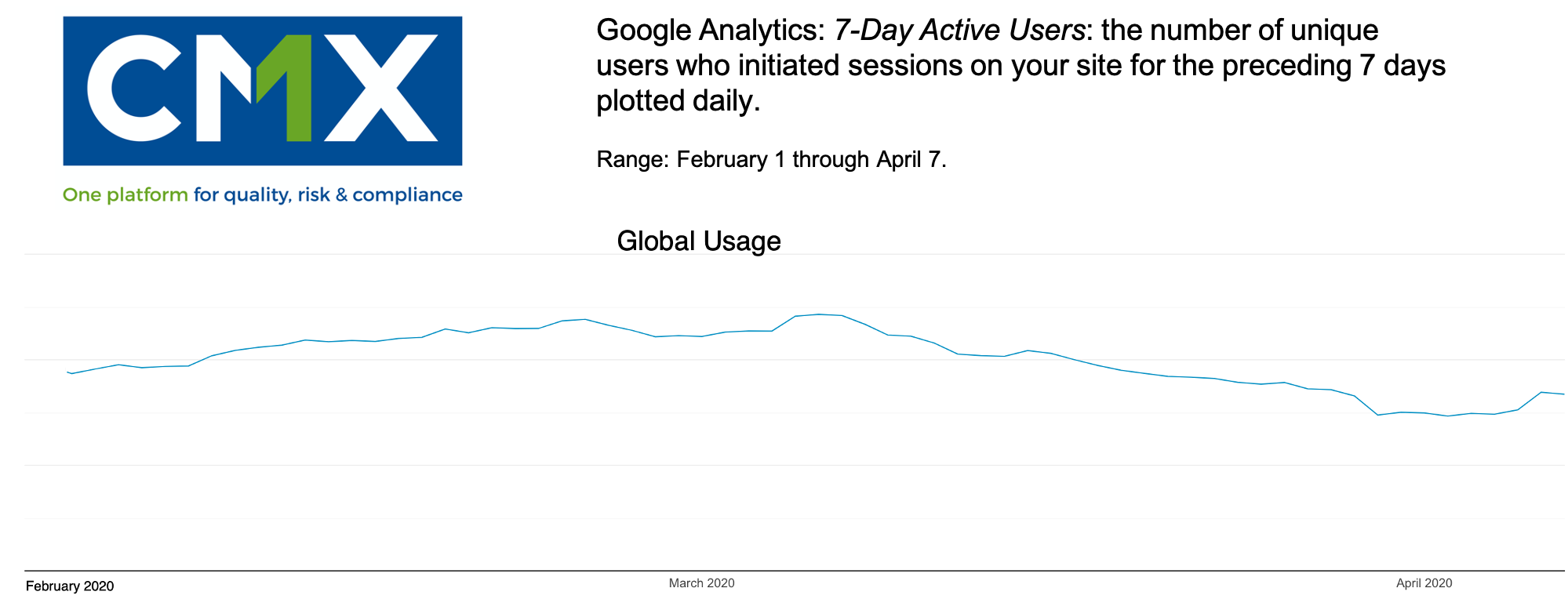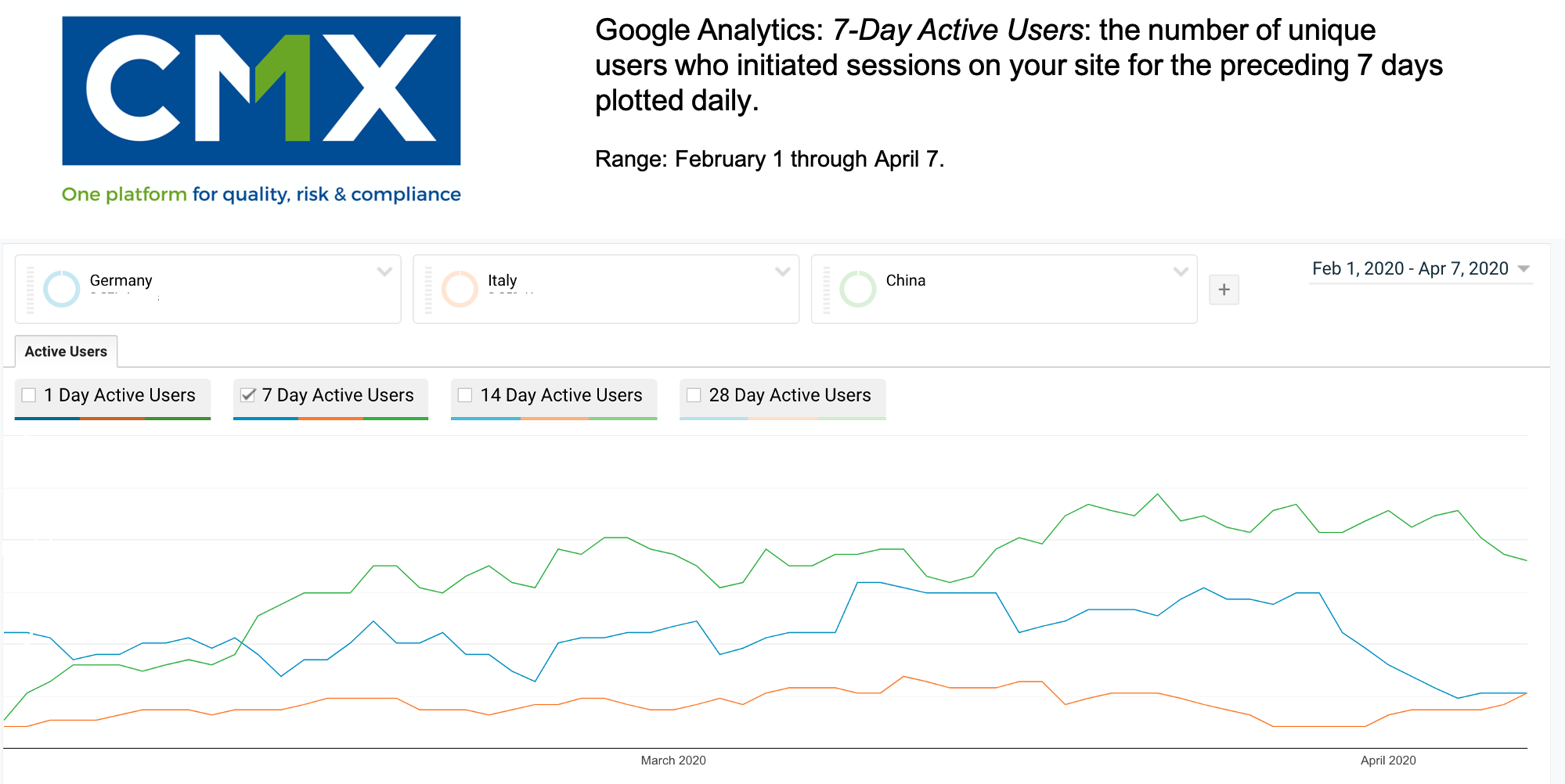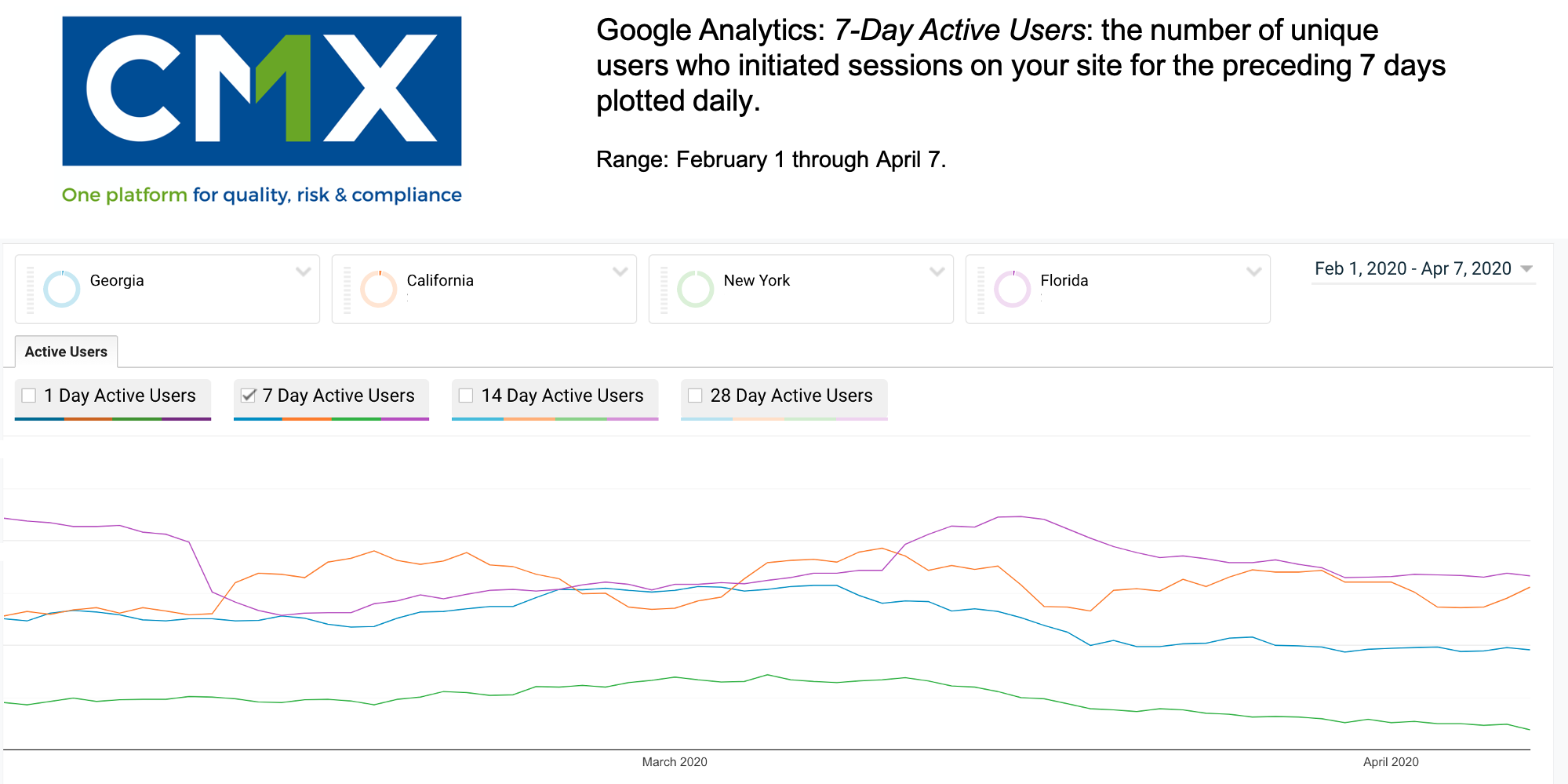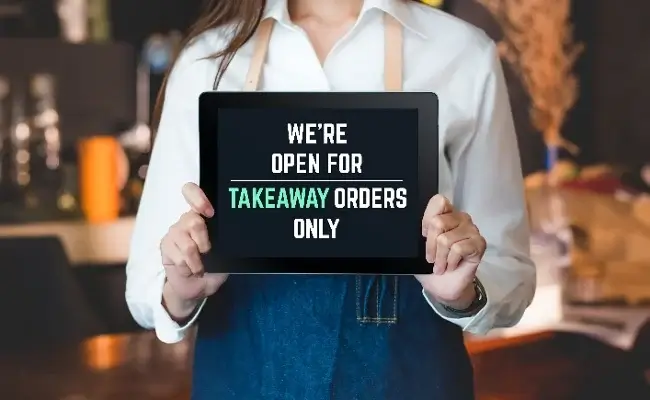A Front Row Seat to the Restaurant Industry Response to COVID-19
Observations on Hardship, Innovation, and Signs of Life
(This article originally appeared in Hospitality Technology Magazine)
On March 11, 2020 the World Health Organization (WHO) declared that COVID-19 had become a pandemic after the disease had spread to more than 100 locations around the world. The impact on human lives, industry, and economies globally has been incalculable.
While being designated as critical infrastructure, it’s no secret that one of the hardest hit sectors economically has been food and agriculture. As a company, CMX has a significant number of customers that fall within the retail foodservice space including restaurants of all types, grocery and convenience stores, along with the manufacturers and distributors that support them. No doubt, it has been restaurants that have had the most to contend with during this time.
As social distancing and sheltering in place have become everyday terms and impacted every aspect of our lives, our team at CMX has been given a front row seat to watch how some of the world’s leading restaurant brands have responded to COVID-19. We compiled a number of observations and changes our restaurant customers have made in their strategies, product offerings, policies, and operating procedures during this time -- both on the in-store operations and supply chain side.
The following insights are all based on conversations with our customers in the last couple of weeks and from studying data and usage patterns from our platform:
1. Location, Location, Location…and Footprint Matter
Location, floor plan, and building design have all been factors in whether a particular restaurant has viability during this time. It’s been “do or die” in some cases. Here’s how various restaurant types have fared:
- Fine dining has generally struggled as consumers have shifted to takeout and delivery orders. Either locations have adapted to bring in some revenue to stem losses or have closed. Those that are trying to adapt and stay open are struggling to get the message out, as they are playing catch up.
- Fast food and fast casual brands with a strong digital presence and established takeout and delivery options are weathering the storm. Some, in fact, are thriving.
- Locations that don’t have traditional drive-throughs are getting creative. Dedicated parking areas with employees taking mobile point of sale (POS) orders, along with online orders combined with dedicated parking spots for pick up, are all being trialed.
- It doesn’t matter the kind of restaurant, if it is located within a shopping mall, stadium, airport or college campus, it is hurting or closed at this point.
- Without a working ghost kitchen strategy established before the crisis, the pandemic has elevated the discussion or accelerated efforts in this direction.
- Brands are rethinking new store and remodel designs to allow for flexibility in serving guests in new ways including takeout, delivery, meal kits, and pantry staples.
- Brands are starting to reimagine what dine-in will look like in the future. Will shared condiments and self-service soda machines still be a thing? Or will voice-activated systems and apps replace high-touch areas? Will dining rooms have less tables spaced further apart?
2. Menus Are Moving to Core Strength and Comfort Food
While not fully realized yet, as production slows from worker shortages and as demand shifts, brands are simplifying their menu offerings. There will be innovation, but it will be limited for the time being. These shifts are now in motion:
- Core menu items from long-standing suppliers are being prioritized.
- Limited Time Offers (LTOs) are being deprioritized and in some cases canceled or delayed.
- Products with longer shelf life are being prioritized. In some cases, shelf-life is being extended on certain products during this time.
- Menu items that fare well for delivery and takeout are being prioritized.
- Brands are already starting to plan longer-range menu changes in anticipation of takeout and delivery being a larger portion of future revenue streams.
- Concepts that have the double whammy of location/footprint challenges as outlined above, and a focus on more fresh ingredients, are scrambling to find options for freezing product or having to donate to clear inventory.
3. Adjusting Policies, SOPs, and Lean Operations
Like everyone else, our restaurant customers are making adjustments to their daily operations and workflows including:
- Increasing the frequency of cleaning, disinfecting, and sanitizing surfaces and high-touch areas.
- Increased usage of personal protective equipment (PPE) including masks, gloves, face shields, and adding plexiglass barriers to counters.
- Employee health checks and the use of infrared thermometers to test employees when reporting to work.
- Reducing staff in locations to reflect the reduction in sales and allow social distancing.
- Adjusting schedules and dividing employees into teams to reduce their exposure over time.
- Making adjustments to food prep and process flows like bagging cup, lid, and straw combo packages individually to keep them sanitary until used.
4. Ensuring Food Safety and Quality in a #WFH World
While the in-store operations for our customers have been impacted, those working on the supply chain side overseeing supplier performance and product safety and quality are not seeing as much disruption.
- Teams are leveraging video conferencing for daily check-ins.
- Dashboards, reporting, and task management are revealing and pinpointing areas that need priority attention.
- Teams are still able to communicate and collaborate with suppliers remotely without issue.
5. Travel Restrictions Are Creating Challenges
Travel restrictions are making it a challenge for:
- Scheduling and completing facility audits* in areas where travel is required by auditors.
- Renewing certificates.
- Quality Assurance personnel to attend endorsement runs at supplier facilities.
* As of April 9, 2020, GFSI has made the decision to not support emergency implementation of non-standard audits, specifically remote methods, to replace standard audits for certification purposes.
6. Some Signs Of Life?
With a completely cloud-based Enterprise Quality Management System (EQMS) platform designed to manage supply chain partners, products and business locations all over the world, CMX has had the ability to observe usage patterns that have mirrored the spread of COVID-19 globally.

The chart above shows that global usage of our EQMS platform was fairly consistent during the month of February, but once March 11 came, usage started trending down. Overall usage dropped about 20% throughout the rest of the month of March. We are seeing usage stabilize and, in some areas, begin to rise again.

Usage in China has been steadily trending up since mid-to-late March and has continued to climb and normalize. Usage in Italy has been flatlined during this period, where usage has dropped in Germany in the last two weeks.

Here in the U.S., where we have the most users, we looked at four specific states. You can see the prolonged impact on New York with flat usage and recently the impact Georgia is starting to experience. Whereas usage in California has remained fairly high and consistent. We speculate that is due to early and aggressive measures taken with stay-at-home orders.
The Merriam Webster dictionary defines resiliency as “the ability of something to return to its original size and shape after being compressed or deformed.” By all indications, the likelihood of the restaurant industry returning to its former size and shape is pretty unlikely. While we at CMX have been saddened to see so many restaurant brands struggle and so many great people being furloughed or laid off, we have no doubts that the industry won’t bounce back. And when it does, there are going to be tremendous new innovations across technology, processes, and business models -- all putting the customer experience, safety, and the joys of food back front and center, where it belongs.
By Jim Hardeman, Chief Product Officer and Director of Marketing, CMX




